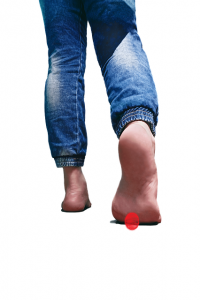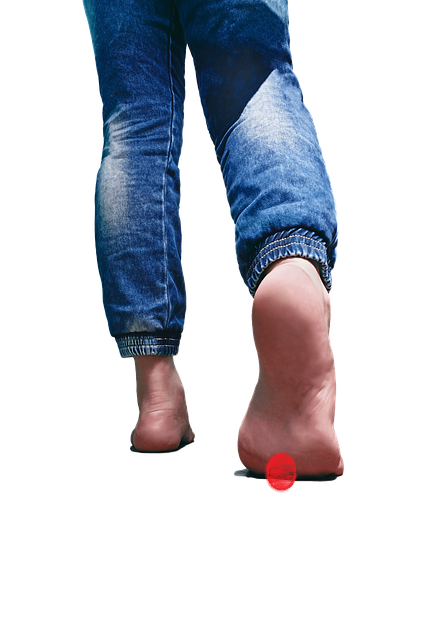 Plantar Plate Injury (also known as Plantar Plate Tear, Plantar Plate Insufficiency or Plantar Plate Dysfunction) is one of the most common causes of pain in the ball of the foot, though it’s a condition many people haven’t heard of. The plantar plate is a thick fibrocartilaginous structure, it is pretty much an extra ligament that sits under the balls of the feet. In the foot, plantar plates connect each of the metatarsal bones to the toe bones.
Plantar Plate Injury (also known as Plantar Plate Tear, Plantar Plate Insufficiency or Plantar Plate Dysfunction) is one of the most common causes of pain in the ball of the foot, though it’s a condition many people haven’t heard of. The plantar plate is a thick fibrocartilaginous structure, it is pretty much an extra ligament that sits under the balls of the feet. In the foot, plantar plates connect each of the metatarsal bones to the toe bones.
The plantar plate is designed to protect the head of the metatarsal (ball of the foot) from pressure and prevent over extension of our toes. It also plays a role in preventing our toes from spreading or splaying. Persistent pain and swelling under the ball of the foot and extending towards the toes (most commonly the 2nd). Some swelling may be visible on the top of the foot along with redness. Often a sensation of ‘walking on a lump’ or “it feels like my sock is bunched up” will be described. If there is a tear in the plantar plate, the affected toe will often sit up, or appear “floating”.
Careful history taking and an examination of the area of pain is required to determine the extent and cause of the tear. If necessary, further investigations such as x-rays or diagnostic ultrasound may be ordered by your podiatrist to help evaluate the severity of the problem.
Treatment
Initial treatment of the injury will focus on symptom relief. This may involve:
- The use of anti-inflammatory medications
- Strapping of the toe, off-loading padding
- Altered footwear and activity modification
Following this, treatment will focus on the underlying causes of the problem, which may be poor foot biomechanics, bunions and hammer toes. Your podiatrist will perform a thorough biomechanical assessment to determine the best course of action to offload the forefoot and decrease the mechanical stress on the area.
This injury usually occurs gradually and is best treated in the early stages. Often a customised soft full length orthotic and footwear modifications can prevent the problem from progressing. Occasionally surgery needs to be performed.
Treatment for this acute condition can take time, with most patients pain free with 3-4 months. Initial symptoms improvement allows most people to return to activity within 1 month.
Prevention of plantar plate injury is focused on optimising foot function and minimising abnormal stresses to the plantar plates of the foot. Your podiatrist can conduct a thorough biomechanical assessment and provide advice with regard to footwear and orthotics to reduce your risk of plantar plate dysfunction

